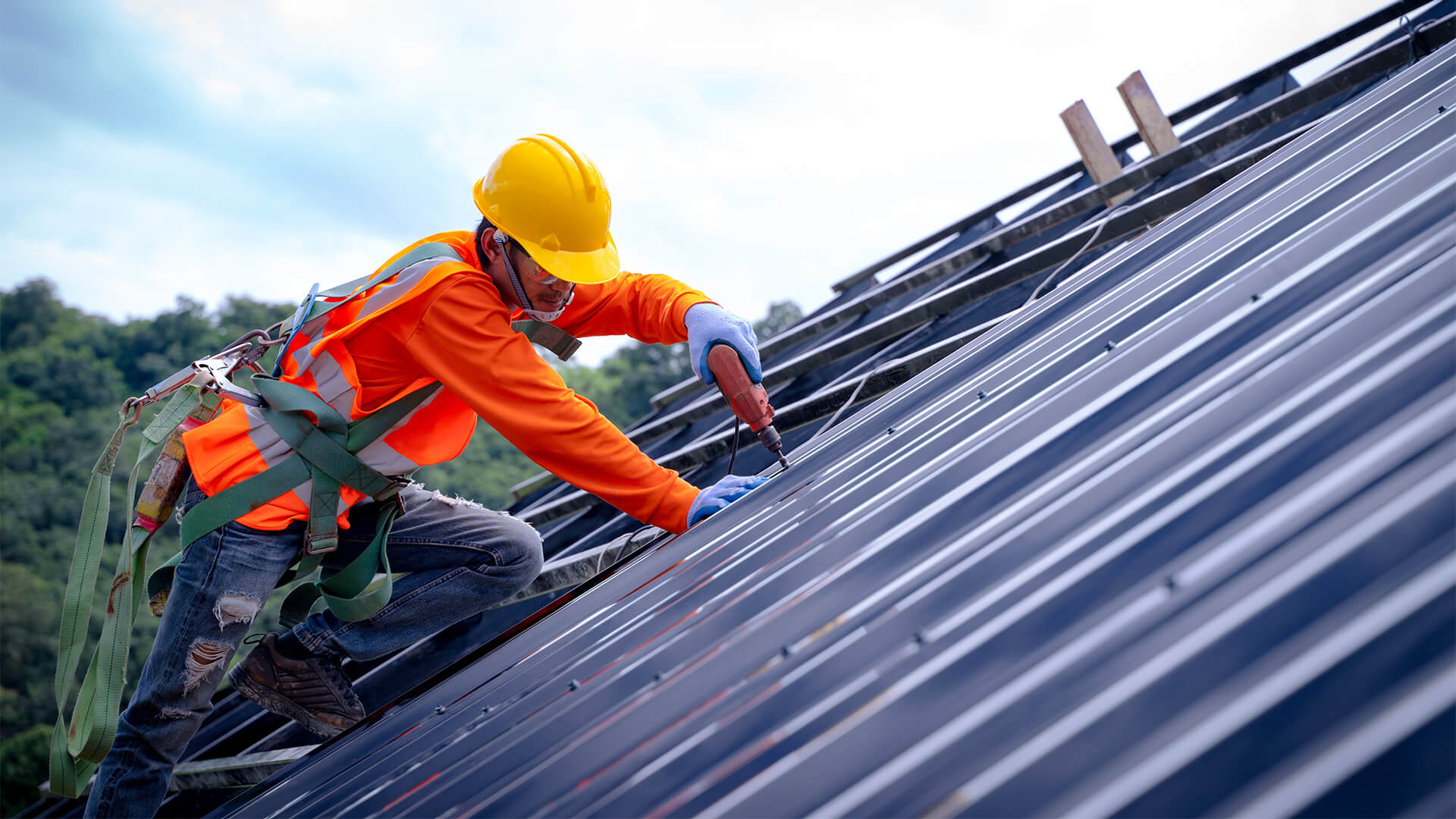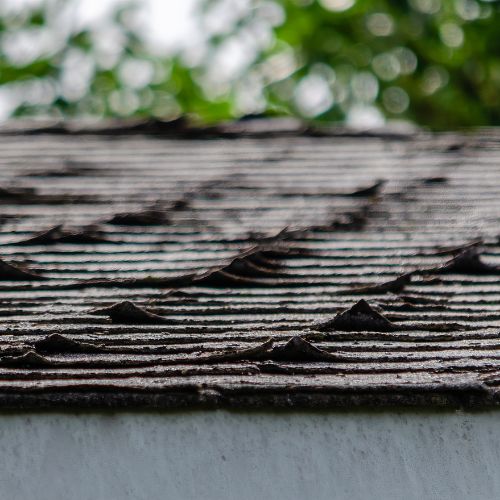Key Factors To Consider for a Successful Roof Installation: Attaining Longevity and Performance
In embarking on the trip of roofing setup, one should focus on key factors to consider to ensure both durability and performance. The option of materials, customized to stand up to regional environment conditions, plays an essential duty in maintaining architectural honesty. Equally important is the design, which must fit correct water drainage and offer appropriate assistance. Furthermore, embracing ideal methods throughout setup can considerably alleviate possible issues such as moisture accumulation and power inadequacy. As we discover these facets, it comes to be noticeable that an effective roof installation is not merely about covering a structure but about crafting a resistant and sustainable solution. What are the necessary components that absolutely make a distinction?
Choosing the Right Products

Environment plays a pivotal duty in product option. In areas prone to heavy rainfall or snow, materials like asphalt shingles or metal roof with high water resistance are suggested. On the other hand, in warm environments, products with reflective residential or commercial properties, such as amazing roof membranes or ceramic tiles, can assist lower power expenses by deflecting sunlight.
Budget considerations additionally affect product option. While premium products like slate or clay tiles offer resilient performance, they come with higher ahead of time prices. Nonetheless, they can verify economical in time due to their marginal maintenance requirements and prolonged life expectancy.
Finally, the building style of the structure need to integrate with the roof product. For circumstances, conventional homes may take advantage of wooden tiles, whereas modern structures could choose smooth metal surfaces. By very carefully considering these elements, you can pick products that align with both useful and aesthetic objectives.

Recognizing Roofing System Design
Understanding roofing system layout is important in accomplishing a well-functioning and cosmetically pleasing framework. The design of a roofing system affects not just the aesthetic allure yet likewise the structural integrity and functionality of the building. A thoughtfully developed roof covering can improve the total building design while guaranteeing reliable drainage, insulation, and ventilation.
The pitch, or slope, establishes just how successfully water and debris are shed from the roofing surface area, affecting the life-span of roofing products. Gable roofings are prominent for their simplicity and reliable water shedding, while hip roofings supply exceptional stability in high wind locations.
Architectural support systems, such as trusses and rafters, are vital in distributing weight and preserving the roofing's honesty. Proper layout ensures that the roof covering can withstand environmental tons and stand up to deformation. Additionally, integrating functions like overhangs and eaves can shield the structure's frontage and enhance power efficiency by supplying color and lowering warmth gain.
Ultimately, a well-considered roofing system style balances develop, work, and sturdiness, adding to the long-term success of the setup.
Environment Factors To Consider

In warm and bright climates, roofing materials need to show, instead of soak up, solar warmth to maintain energy performance and prevent extreme thermal growth, which can bring about material deterioration - Keep Dry Roofing St Peters MO. Conversely, in chillier areas, products should supply adequate insulation to stop heat loss and withstand freeze-thaw cycles that can cause breaking and other structural issues
Furthermore, the option of color and finishing can significantly impact a roof covering's thermal efficiency, especially in areas with severe temperature level variations. Regional building codes frequently use advice on appropriate materials and designs, mirroring local environment concerns. A complete understanding of climatic problems is essential for selecting products and layouts that ensure a roofing system's optimum efficiency over its lifespan.
Setup Best Practices
Reliable roofing installation is an view it now essential component of making sure long-lasting durability and efficiency. Making use of top notch shingles, underlayment, and blinking tailored to the particular environment and building design will improve the roofing system's durability.
Equally vital is the preparation of the roof covering deck. Making sure that the deck is clean, completely dry, and structurally sound prior to setup avoids complications such as leakages and premature wear. Correct air flow is one more vital consideration, as it minimizes dampness buildup and thermal stress and anxiety, therefore extending the roof's lifespan.
Precision in dimension and positioning during the installment process is essential. This includes accurate positioning of shingles and careful attention to overlapping, which stops water ingress. Utilizing expert, skilled labor makes certain these criteria are met, reducing the threat of mistakes that might compromise the roof covering's performance.
Power Effectiveness Methods
Enhancing a roofing system's energy effectiveness is a critical factor to consider for lowering energy expenses and ecological effect. By selecting ideal materials and innovations, house owners and home builders can considerably boost the thermal performance of a roofing system, thus lessening energy intake. One of the primary approaches entails using reflective roof covering products, which deflect even more sunlight and soak up less warmth. This can cause a substantial reduction in cooling down prices, specifically in warmer environments.
In addition, the consolidation of sufficient insulation is vital in stopping warmth transfer in between the inside and outside of a building. Insulation products with high R-values, such as spray foam or rigid foam boards, are efficient in preserving a regular indoor temperature, thereby enhancing HVAC system effectiveness.
Additionally, the assimilation of solar panels on rooftops not just creates renewable power but can also supply color, additional decreasing warm gain (Keep Dry Roofing St Peters MO). Developments imp source like cool roofings, which use coatings to reflect more sunlight, are also gaining popularity for their capability to reduce roofing temperatures
Conclusion
In conclusion, accomplishing a successful roofing installment demands a thorough approach that integrates the choice of high-grade products customized to certain weather problems, thoughtful design considerations for ideal drainage and architectural stability, and adherence to thorough setup practices. These elements collectively make sure the prevention of dampness buildup and thermal stress and anxiety, therefore improving the roof covering's resilience and performance. Integrating strategies to boost energy efficiency additionally adds to lowering maintenance needs and reducing energy usage over the roofing's life-span.